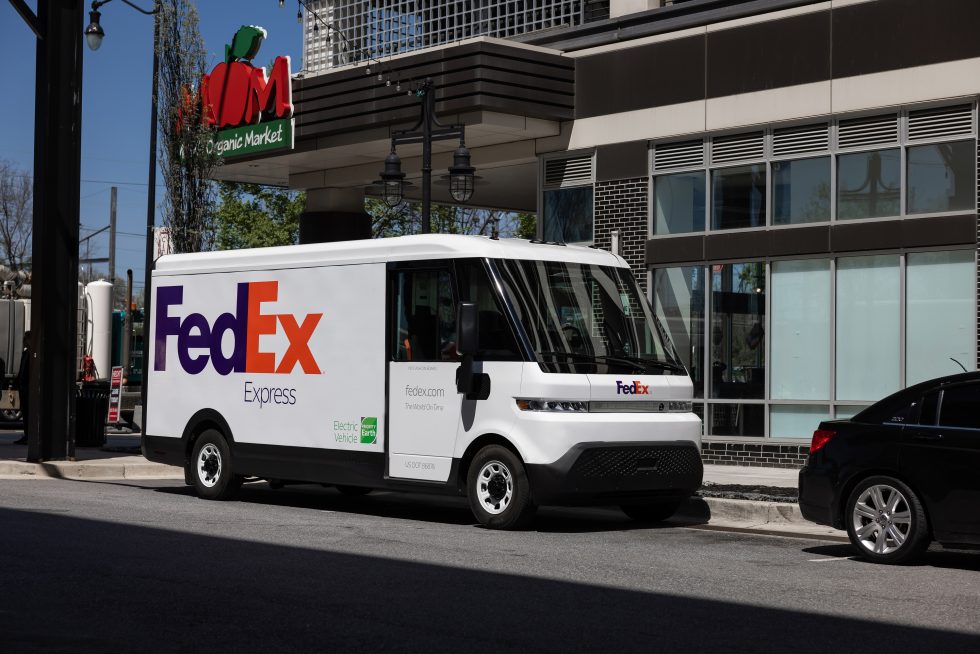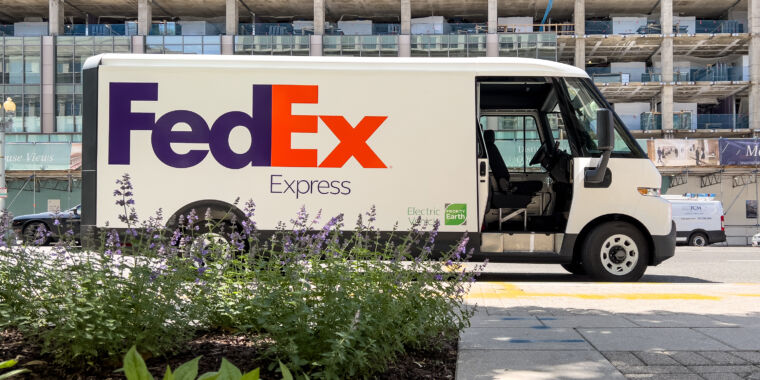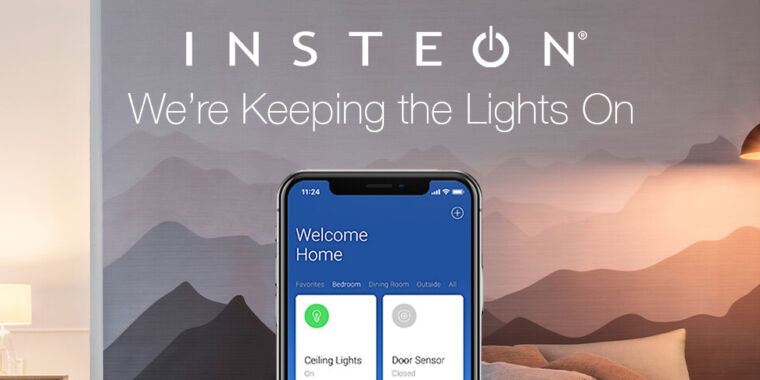
As new electric vehicles go, the BrightDrop Zevo 600 is pretty spartan. It has a full suite of the latest driver safety aids and a Google-powered infotainment system, but you can see bare metal skin when you look at the door from the driver’s seat, and the innate quiet of its electric powertrain is offset by the ever-present clanking and banging from the rear roller door. But that’s OK because the Zevo 600 is a commercial van, and that means being reliable, efficient, and safe is more important than being the last word in refinement.
We’ve followed BrightDrop’s development for a while now. The startup first broke cover at the Consumer Electronics Show in 2021 through an announcement by General Motors’ Mary Barra during her keynote at the conference. Making use of GM’s new platform of batteries and electric motors, BrightDrop raced the new Hummer EV to be the fastest-developed vehicle in GM history at just 20 months.
As in the Hummer EV, you’ll find a double-stacked slab of lithium-ion cells between the Zevo 600’s wheelbase. In this case, there are 20 modules (versus 24 in the Hummer, or just 12 in the forthcoming Cadillac Lyric SUV), which is sufficient for a range of at least 250 miles (402 km). And to prove it, the van drove from New York City to Washington, DC, on Thursday on a single charge.

BrightDrop
FedEx is BrightDrop’s first customer, and the EV is designed to drop relatively painlessly into its fleet operations in California. So the throttle map has been chosen to almost perfectly replicate the 230 hp (171 kW) diesel you might find in one of FedEx’s conventional trucks. It’s not fast, but it’s not meant to be.
Because it’s built from the same toolkit as GM’s other new EVs, the Zevo 600 has access to the same components and subsystems. So it has a suite of the latest safety-oriented advanced driver-assistance systems, for example. It even has the electronic architecture to support Super Cruise, should anyone ever come up with a business case to make that worthwhile.
While the Zevo 600 is configured as a FedEx work vehicle, it’s not completely barebones, despite its bare doors. The latest Android Automotive infotainment stack means that Google’s voice assistant is on-board and waiting to help, and there are USB-A and USB-C ports, as well as a couple of 120 V AC sockets. And the van is more than roomy—the door to the cargo area is especially wide.
-
It’s a big van, but it shrinks around the driver.
Jonathan Gitlin -
This particular van was not fitted with shelves.
Jonathan Gitlin -
The van is easy to step into and out of, with integrated hand holds and ruggedized buttons to lock or unlock the rear door.
Jonathan Gitlin
On a brief drive, the Zevo 600 was simple to place on the road despite its size. The compound side mirrors work well, and downtown DC looked positively cinematic as it was framed by the wraparound windshield. With the drive selector in the lower range setting, the throttle mapping for one-pedal driving was perfectly judged, and the steering was light and revealed an impressively tight turning circle.
My drive was too short to get any first-hand insights into the Zevo 600’s energy consumption, but the trip meter showed a respectable 1.8 miles/kWh over 348 miles (560 km), and at least 260 of those miles were at highway speed rather than the low-speed crawl that EVs are so good at. As with the Ford e-Transit I drove in January, it’s a pretty noisy driving experience, mostly because vans like this are big empty boxes on wheels and don’t have the sound deadening and interior trim that silences all that stuff in passenger vehicles.
Since it’s a popular question every time we look at electric vans, I asked BrightDrop about potential private sales—imagine a modern-day GMC Motorhome—but that will probably require patiently waiting for the first Zevo 600s to start their second lives after their working days are done. For the time being, BrightDrop has plenty of vans to build for fleet customers like FedEx and Walmart.








